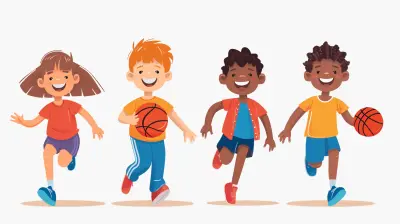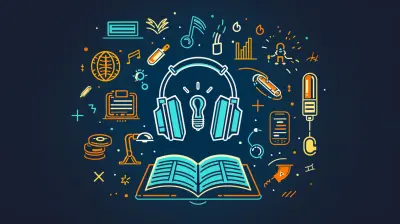Digital Literacy and the Rise of eLearning Platforms
6 October 2025
Welcome to the age of digital learning — where classrooms have no walls, and learning often happens with a tap or swipe. Whether you're a student, teacher, parent, or lifelong learner, you’ve probably noticed how rapidly education is changing. The chalkboard has gone digital, and so has how we gain knowledge. This shift is largely thanks to two game-changing ideas: digital literacy and the rise of eLearning platforms.
So grab your favorite drink, settle in, and let’s break down how digital skills and online learning are reshaping education as we know it.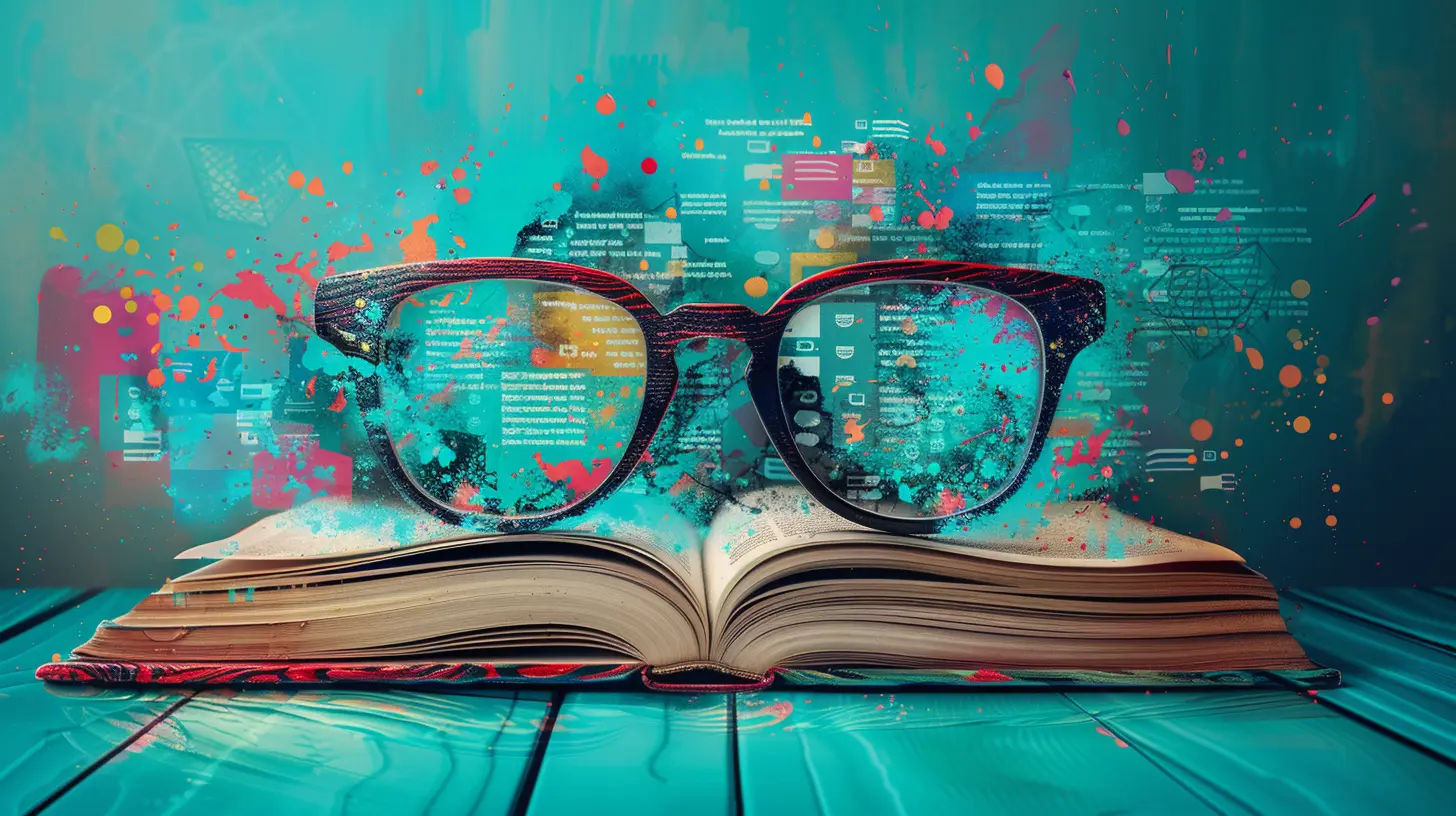
What Is Digital Literacy, Really?
If you think digital literacy is just knowing how to Google something — you're halfway there. But it’s more than that.Digital literacy means having the skills to use digital tools effectively, safely, and responsibly. It's about understanding how to navigate the online world — from evaluating sources to using apps, managing your online identity, and recognizing misinformation. It’s like being street-smart in the digital universe.
Think of digital literacy as the modern-day version of learning to read and write. Without it, navigating today’s educational world feels like trying to find your way in a new city without a map or GPS.
The Digital Shift in Education
Remember when school meant heavy backpacks and chalk-dusted classrooms? Well, that’s quickly becoming a thing of the past.The internet has flipped traditional education on its head. Now, students aren't limited to what's taught within four classroom walls. They can watch lectures from Ivy League professors while eating cereal in their pajamas. All because of eLearning platforms.
Let’s talk numbers for a second — by 2025, it's estimated that the online learning industry will be worth over $325 billion globally. That’s not a trend. That’s a revolution.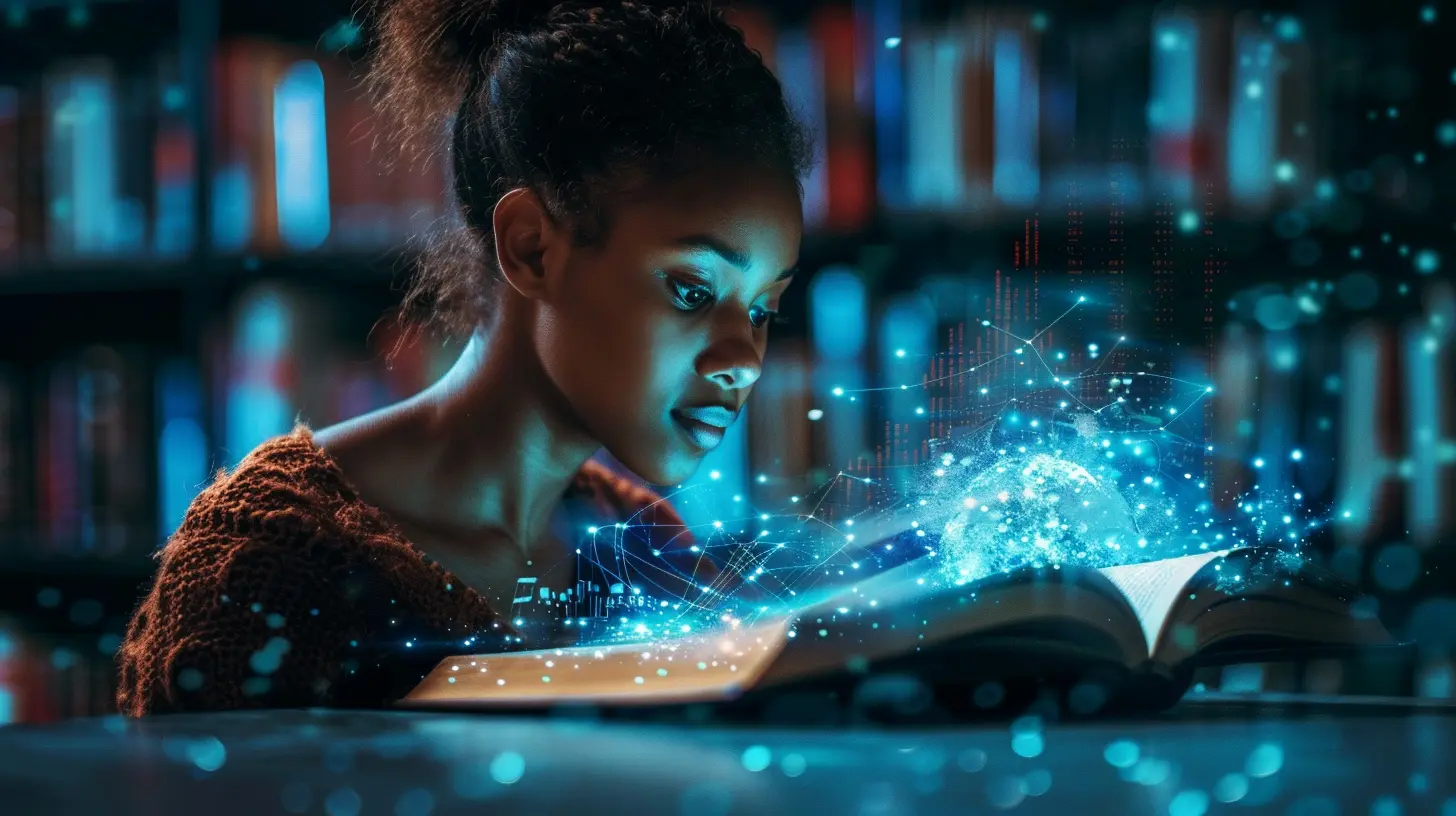
Why eLearning Platforms Are Booming
So what’s the big deal with eLearning platforms? Why are they popping up faster than new coffee shops in town?1. Flexibility and Convenience
eLearning fits your schedule, not the other way around. Got a full-time job? Parenting duties? No problem. Online courses are often self-paced. That means you can learn when you’ve got time — during your commute, lunch break, or after the kids are asleep.2. Affordability
Traditional education comes with hefty tuition fees, textbooks, and commuting costs. In contrast, many eLearning platforms offer free or low-cost courses. Some even hand out certificates and degrees at a fraction of the price.3. Global Access
Living in a rural town? No nearby university? Doesn’t matter. As long as you’ve got Wi-Fi, your classroom could be anywhere — a park bench, a cozy café, or your bed.4. Personalized Learning Paths
Everyone learns differently. Some of us are visual learners. Others absorb knowledge better by doing. eLearning platforms often offer adaptive learning, where the content adjusts to your style and pace. That’s like having your own personal tutor online 24/7.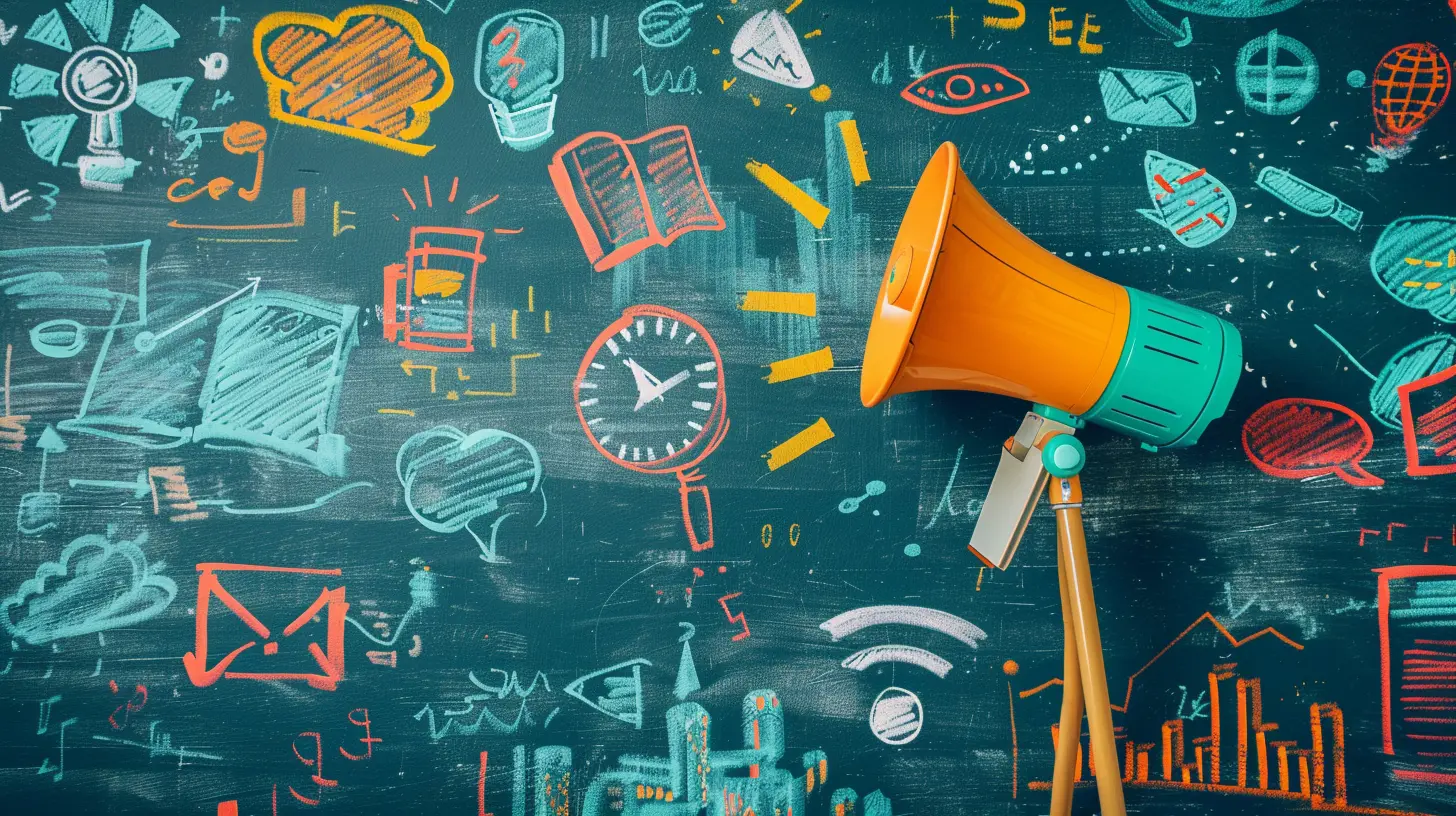
Popular eLearning Platforms You Should Know
Let’s break down the household names in the eLearning space. Each has its own flavor.- Coursera: Offers college-level courses from top universities like Stanford and Yale. Great for formal certification.
- edX: Similar to Coursera, but with a slightly more academic tilt. Think MIT-level courses.
- Udemy: More relaxed and practical. Courses from real-world professionals — great for learning tech skills, marketing, design, etc.
- Khan Academy: Perfect for K-12 students and lifelong learners. Totally free, totally awesome.
- Skillshare: Focuses on creativity — photography, design, writing. More hands-on and community-driven.
And let’s not forget YouTube, a goldmine of educational content. Free, fast, and endless — but beware of unverified info.
The Link Between Digital Literacy and eLearning
Now here’s where things get even more interesting.eLearning doesn't work without digital literacy. Period.
Imagine signing up for a course on coding, but you can’t figure out how to install the software. Or trying to join a group discussion online but not knowing how to post a comment. Basic digital skills are the foundation. Without them, even the best eLearning tools become useless.
On the flip side, engaging with eLearning platforms can actually boost your digital skills. It's a two-way street. The more courses you take, the better you become at navigating tools, managing time online, and collaborating digitally.
So in a way, eLearning is like going to the gym for your brain and your tech skills at the same time.
Challenges of the Digital Learning Boom
Let’s not paint a perfect picture here. Like everything else, eLearning has its share of bumps on the road.1. The Digital Divide
Not everyone has access to fast internet or up-to-date devices. While eLearning promises access for all, the reality is that some communities are left behind. We’ve got to bridge this gap if we want digital learning to be truly inclusive.2. Screen Fatigue
Looking at a screen for hours? Not fun. Long online classes can be draining. Many learners struggle to stay engaged without the energy of a physical classroom.3. Self-Discipline
No one’s going to nag you to finish that course. Success in eLearning depends on your motivation and time management. That freedom can be both a blessing and a curse.4. Quality Control
Not all online courses are created equal. Some are excellent. Others? Meh. With so much content, it’s hard to sift through what’s valuable and what’s just filler.How Schools and Universities Are Adapting
Traditional academic institutions aren’t just sitting on the sidelines. They’re diving headfirst into the digital revolution.Many universities now offer hybrid models — a mix of online and in-person classes. They’re also integrating tools like Zoom, Google Classroom, and Learning Management Systems (LMS) to enhance the learning experience.
Teachers are becoming digital facilitators instead of just lecturers. And students? They're becoming more independent learners, using online resources to supplement their education.
In short, schools are evolving — and fast.
The Role of Teachers in a Digital World
Teachers are no longer just the "sage on the stage." In the digital learning world, they’re more like a guide on the side.They help students navigate the vast ocean of online resources. They teach not just subject matter, but digital etiquette, research skills, and critical thinking. In fact, teaching digital literacy is becoming just as important as teaching math or literature.
How to Boost Your Digital Literacy (Yes, You!)
Whether you’re a student, teacher, or just someone curious about the world — it's never too late to boost your digital game.Here’s how you can get started:
- Practice Safe Surfing: Learn about privacy settings, strong passwords, and spotting phishing scams.
- Use Different Tools: Try out new educational apps, video editors, or collaborative platforms like Trello or Notion.
- Stay Curious: Subscribe to tech blogs or YouTube channels that break down digital trends in simple terms.
- Take a Course: Platforms like FutureLearn or Coursera offer beginner-friendly courses on digital skills.
- Teach Others: Nothing helps you learn better than explaining it to someone else. Help a friend or family member get tech-savvy.
What the Future Holds
The future of education will be heavily driven by technology. Think virtual reality field trips, AI-powered personal tutors, and gamified lessons that make learning feel like playing.But none of it works without digital literacy. That’s the ticket to unlocking the full power of these tools.
In 10 years, being digitally illiterate could be as limiting as not being able to read or write today. It's not just about convenience; it's about staying relevant in a rapidly changing world.
Final Thoughts
Digital literacy and the rise of eLearning platforms are more than just buzzwords. They’re reshaping how we learn, what we learn, and who gets to learn.So whether you’re starting from scratch or leveling up your skills, now’s the time to embrace this digital shift. The future is here, and you’ve got front-row seats. All you need to do is show up — and maybe click "Enroll.
all images in this post were generated using AI tools
Category:
Digital LiteracyAuthor:

Monica O`Neal
Discussion
rate this article
1 comments
Daisy McAlister
Oh, wonderful! Because who wouldn't want to navigate a sea of digital distractions while mastering the art of online learning? Can't wait to get my “virtual degree” in memes!
October 7, 2025 at 3:39 AM

Monica O`Neal
I understand your concern! While distractions exist, digital literacy empowers us to focus and make the most of online learning. Let's embrace the journey!

